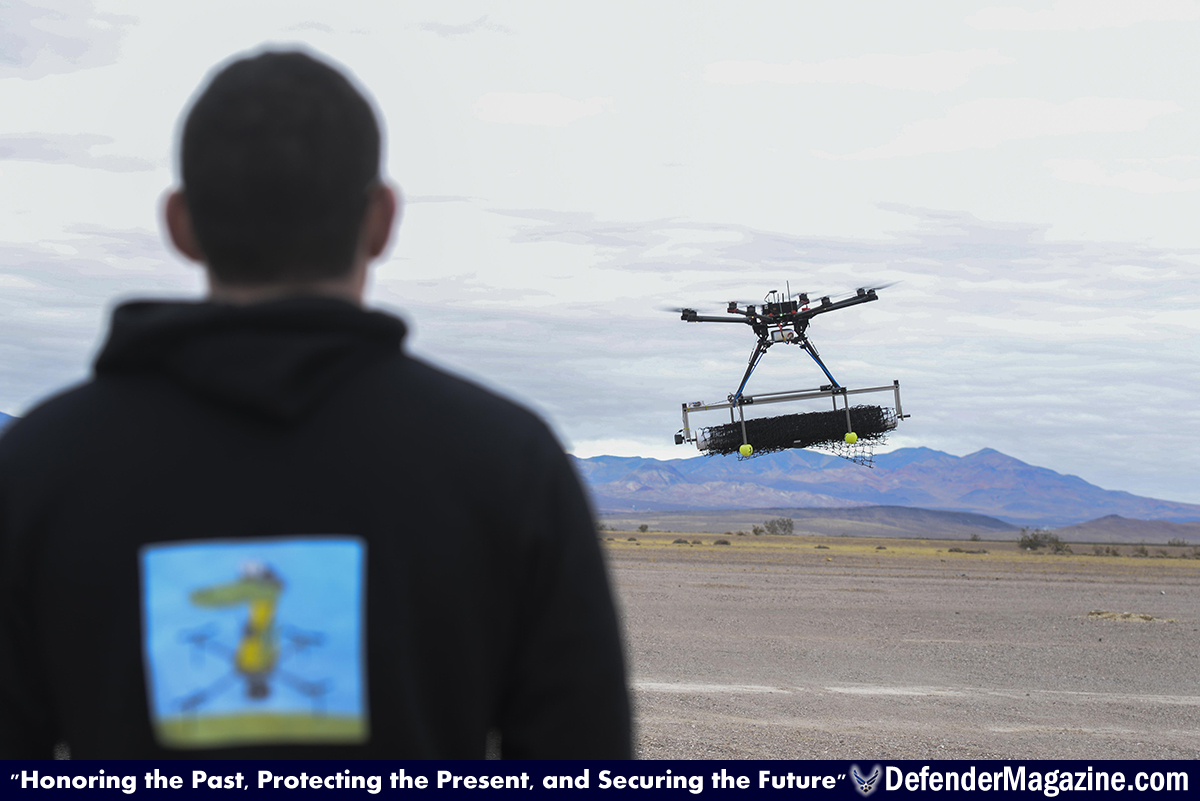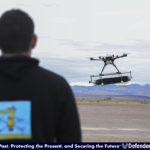BUCKLEY AIR FORCE BASE, Colo. — New hobby equipment or a potential threat to national defense? Buckley Air Force Base Defenders are ready for it all. For many, the small drones that are now ubiquitous across the country pose a real challenge to those tasked with Air Base Ground Defense. Known by many as ‘quad copters,’ or simply ‘drones,’ these devices are becoming a serious threat to government facilities and installations across the globe.
Capable of carrying cameras, electronic equipment and explosives, these small drones keep many in the defense business up at night. With capabilities that rival military-grade hardware, hobbyist- level drones are now capable of traveling long distances, carrying payloads limited only by imagination, and doing it all with little or no human intervention.
What threat could those drones possibly pose to an installation such as Buckley? “Many,” according to the Counter-small Unpiloted Aerial System Non-commissioned Officer in Charge, Tech. Sgt. Jason Benda, 460th Security Forces Squadron. “The most likely threat that we could encounter would be intelligence, surveillance and reconnaissance gathering. Drones can fly over 400 feet in the air and carry payloads of at least 15 pounds or more. Drones in the other regions (non-CONUS) have been dropping explosive payloads with lethality,” Benda added.
Despite the threat that these systems pose, Team Buckley can rest easy because Buckley is the first Air Force base in the continental United States to declare an operational anti-drone capability. While not all details are public, the 460 SFS recently fielded advanced countermeasures that are capable of detecting and defeating drones of all shapes, sizes and capabilities over the installation. Despite their ease of use and proliferation, Defenders have the technology and knowledge to defeat the drone threat according to Senior Airman Austin W. Cherry, Counter-small Unpiloted Aerial System Assistant NCOIC. “We are capable of identifying, detecting, tracking and defeating drones that come into our airspace almost instantly. This being said, it is a constant battle to educate the base and surrounding communities on the right and safe way to operate their drones. We are also capable of holding those who operate drones accountable for their actions if not in accordance with the Federal Aviation Administration’s and Department of Defense’s directives,” Cherry added.
Finally, all Buckley AFB members should be aware that the Defenders are not the only ones who can play a part in keeping the base safe. As Senior Airman Cherry puts it, “Everyone is a sensor… see something, say something. We are confident in our capabilities to detect and defeat drones, but it never hurts to have everyone on the lookout. Even if you only think you see a drone, call BDOC immediately.”
By Maj. Joseph D. Farinash, 460th Security Forces Squadron / Published October 01, 2019
Second Lt. David Feibus, from Wright-Patterson Air Force Base, Ohio, fly’s one his teams DJI S1000 drones during the setup and calibration phase of an event at the Nevada National Security Site in Las Vegas Dec. 9, 2016. This year teams were given the challenge of solving issues revolving around drones, and demonstrated their solutions to judges. (U.S. Air Force photo/Wesley Farnsworth)

